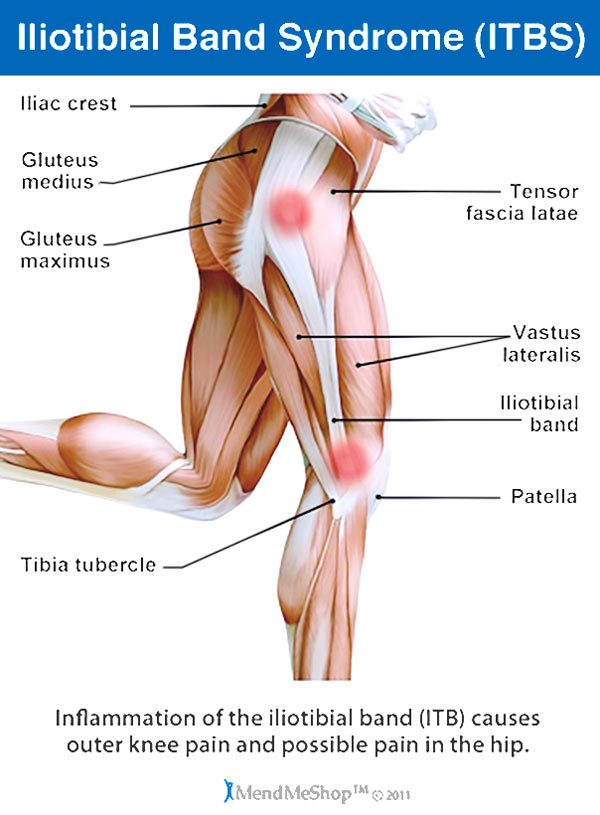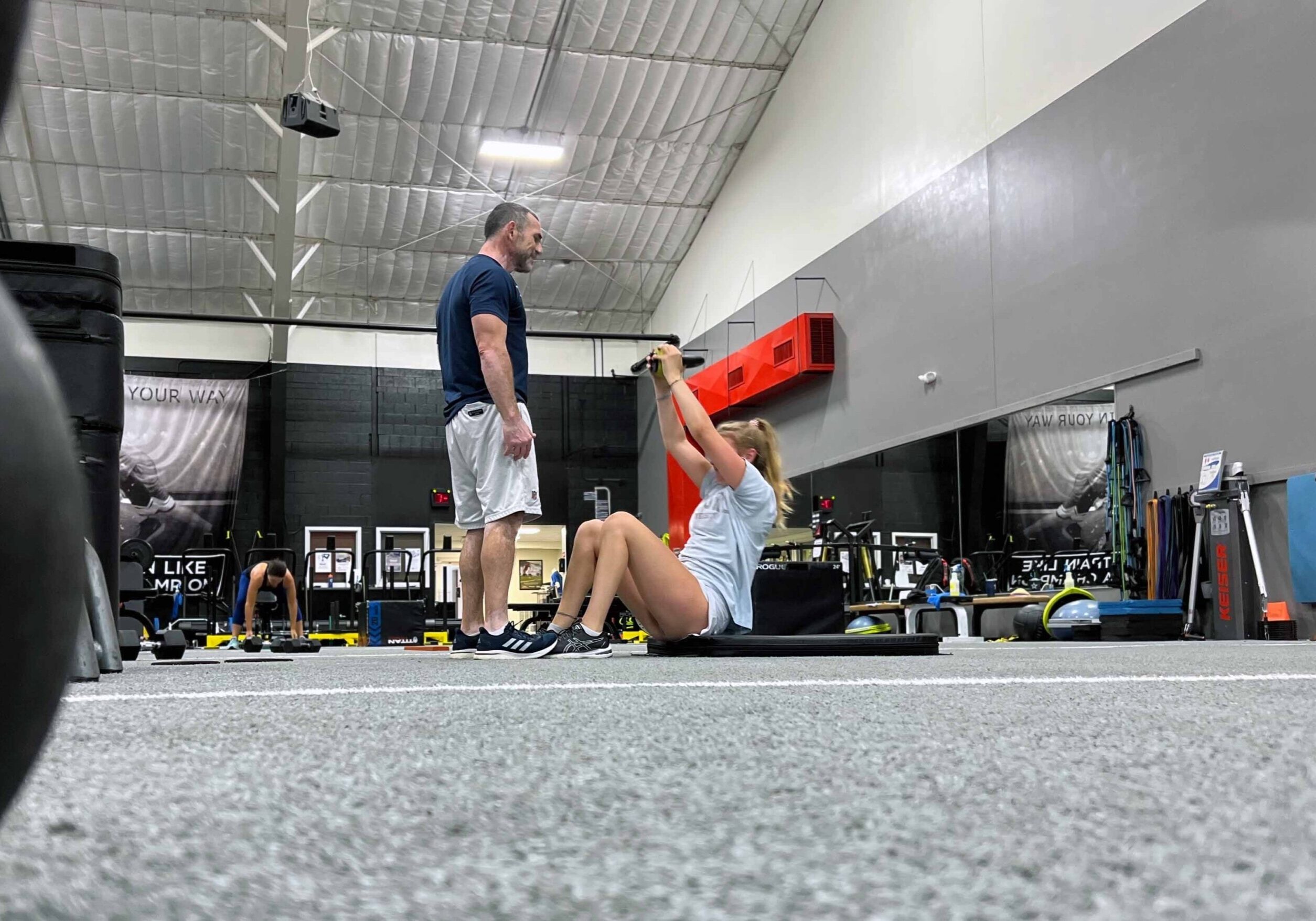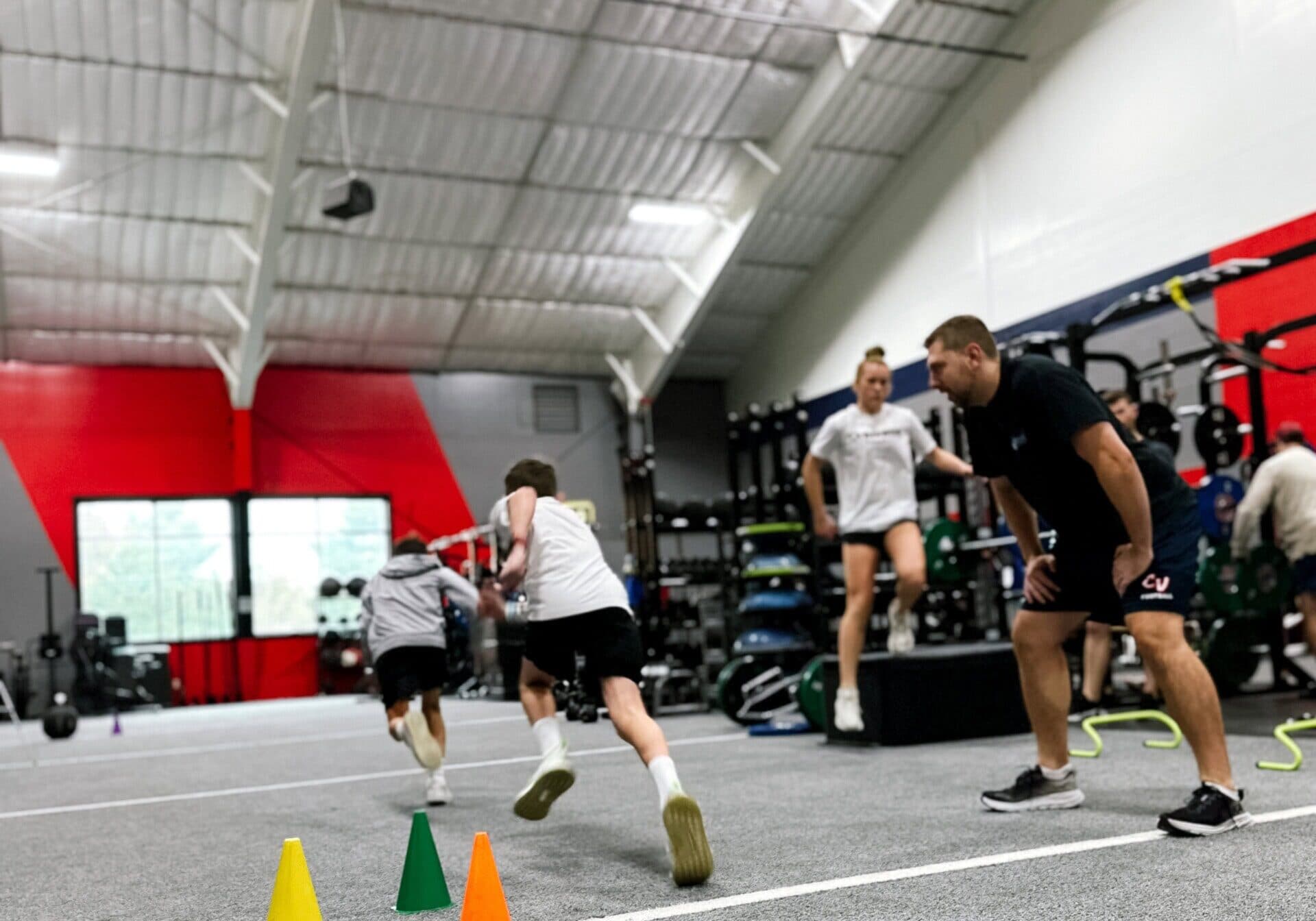
Prevent IT Band Syndrome: Essential Tips for Runners
If you have ever had an Iliotibial Band (IT band) strain, you probably know how difficult it is to deal with. If you are a competitive athlete or just into maintaining fitness through keeping up with cardio with regular hiking and running, taking preventative measures on how to prevent ITB when running is a smart move.
IT band syndrome can be challenging to address without having to take a break from running. Problematically, the IT band proves to be a complex muscle group to loosen once it becomes overly tight. This article will talk about why runners are prone to IT band problems and how they can be prevented.
First Things First: What is an IT band?
The IT band is a long bundle of fascia tissue spanning from the outside of the hip down to the outside of your knee. This fibrous band plays a role in helping you lift your leg to both the front and side of your body. It also aids your knee as it flexes and extends.
Repetitive motions, like running, are a common cause of IT band issues. This is especially the case if you are running or hiking on uneven terrain. So, it can be important for both hikers and trail runners to watch out for this. IT band issues can occur in active children and adults alike.
How to Recognize IT Band Syndrome
If you begin to feel any signs of an IT band strain, it is important to nip it in the bud as soon as possible to prevent its progression. IT band syndrome is a common overuse injury, so it is crucial to stop running, cycling, and hiking activities as soon as you recognize the signs of an IT band strain to prevent things from getting worse.
Pain will be felt on the outside of the knee. This pain will typically increase with activity and subside during periods of rest. There is a chance that you might experience an audible click, pop, or snap from the outside of the knee. Once this condition sets in, repetitive motion will cause inflammation. Excessive stress as this begins to onset can put athletes at risk for developing a more chronic issue. IT band prevention methods, when practiced, can help deter development.
Prevention of IT Band Syndrome for Runners
So, how do you prevent it while running? Runners can prevent IT band syndrome by varying their training so that they are not always running on uneven surfaces. For trail runners, mixing in some training on even track or road surfaces can be beneficial. It is also essential to pay attention to your running form. Having the proper insoles to support your foot type and help align your knees and ankles so that they do not prolapse is a great wave to protect your muscles.
Another critical thing that runners can do to help avoid IT band issues is to make sure to run on shoes with an appropriate amount of tread. Good shoes provide proper support and cushioning for the feet. Training in worn shoes can impact the mechanics of their hips, pelvis, knees, ankles, and feet. Most running shoes have a life between 300 and 500 miles, but this will vary by shoe choice. Lastly, stretching is important for keeping all your muscles loose and becomes increasingly more important as we age.
Diagnosis of IT Band Syndrome
Only a licensed professional can diagnose IT band syndrome for you. Other conditions are similar and common for runners. Runner’s knee and meniscus injuries are often mistaken for an IT band issue.
If you suspect that you are suffering from IT band syndrome, a physical therapist (PT), physiatrist, or sports medicine physician can perform an injury assessment to determine what is causing your knee pain. A PT can also share treatment advice and help you come up with a plan. Rest is essential, but so is proper treatment for the injury. Once you return to physical activities, an athletic trainer can help design preventative training workouts to strengthen and stretch core muscles.
Athletic Training Plans for IT Band Syndrome Prevention
Local to the greater Lancaster area? Universal Athletic Club (UAC) is a full-service fitness facility with knowledgeable athletic trainers who can assist in tailoring a training plan to prevent the onset of IT band issues before they begin. Are you interested in learning more? Visit our website or drop by the gym for a tour of the facilities and see what we have to offer.




